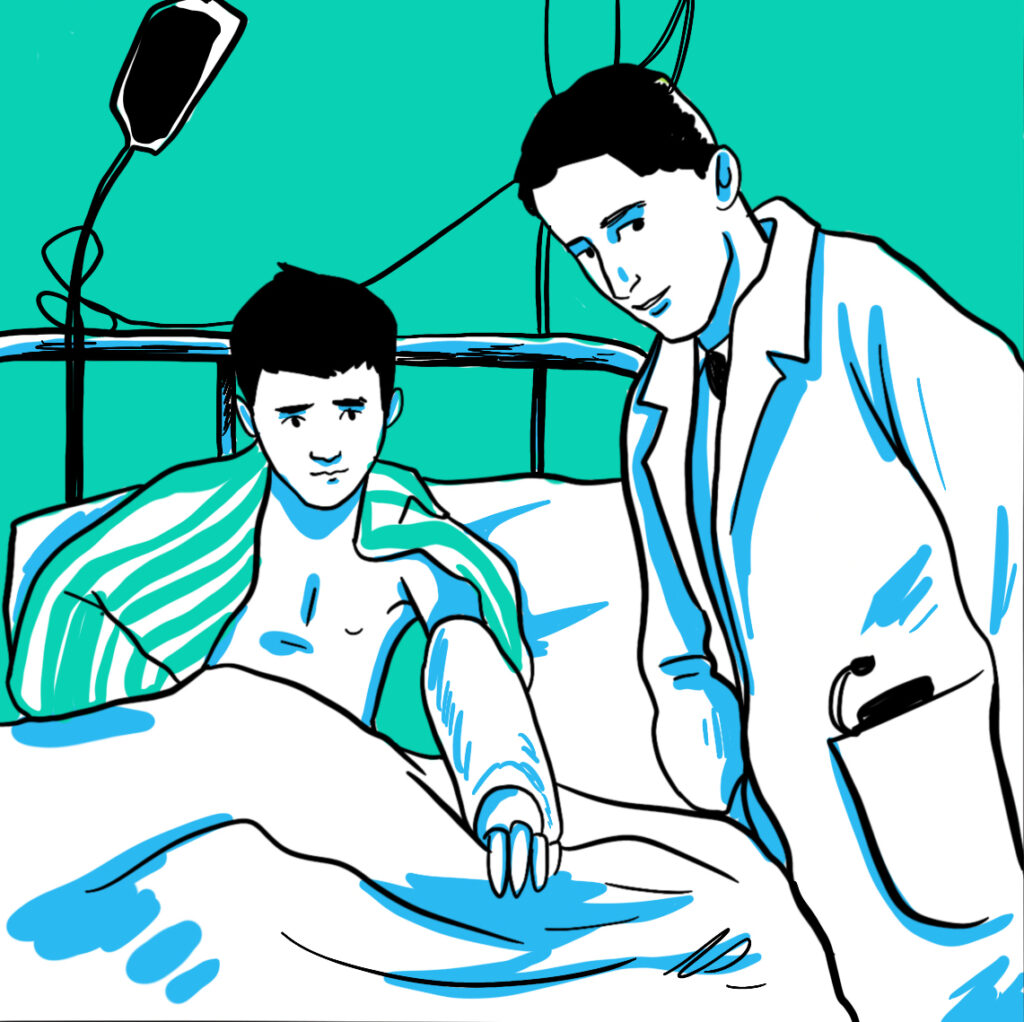On the road to coordinated haemophilia care – in African time
The first training workshop of the GOSH/Mulago twinning programme was scheduled to start at 8.30am. By 9.30am we had 7 of around 40 expected delegates who spontaneously filled seats from the front of the room (unlike HNA meetings, which fill from the back). By 10.30am most delegates had drifted in and we were ready for the opening prayer (“that we have no power cuts … that we ask the right questions and learn from this workshop”).
Following introductions it became clear that Mulago has a comprehensive care team in waiting: our audience consisted of obstetricians, paediatricians, nurses, dental surgeons, physiotherapists, midwives and pharmacists. All were invited to write on post it notes “one thing you want to learn from today”. Many of the responses focused on wanting to know how to diagnose haemophilia, but some asked more complex questions around genetics. And someone asked about how to deliver home care. Around one quarter of delegates had never seen a patient with haemophilia. Kate assured them they would because of the work of the Uganda Haemophilia Foundation and the fact that Mulago is the national referral centre.
Fortunately the GOSH team had planned a flexible workshop. After our first refreshment break, the programme was rapidly rejigged to focus on the genetics of haemophilia, as it became clear this was a topic of interest and the source of some confusion. Textbooks always indicate that carrier women have a 50:50 chance of having a boy with haemophilia and many in our audience had taken this to mean that a family with two boys would have one normal boy and one with haemophilia. Clearly not the case for the family we met on Tuesday in Bikira (four affected boys).
In her overview of the haemophilia care offered by GOSH to its families and Jemma sensitively drew contrasts with the care offered by Mulago and the challenges they face. It was clear that the local clinicians recognised the resource and bureaucracy barriers but were keen to consider ways they could improve their service. The government has national outreach programmes for ensuring uptake of childhood vaccinations and these seem to be the ideal channels for promoting wider recognition of the signs and symptoms associated with inherited bleeding disorders.

Our delegates understood that the processes needed were capacity building, and awareness raising, initially at a central level but gradually moving out to the regions. But it was also recognized that country has come a long way, thanks to the efforts of the Haemophilia Foundation of Uganda. Two years ago 22 patients were thought to have bleeding disorders. Today there are around 80 diagnosed patients. After tomorrow’s screening sessions … who knows!
Mike Holland is the founder of Haemnet and The Journal of Haemophilia Practice



